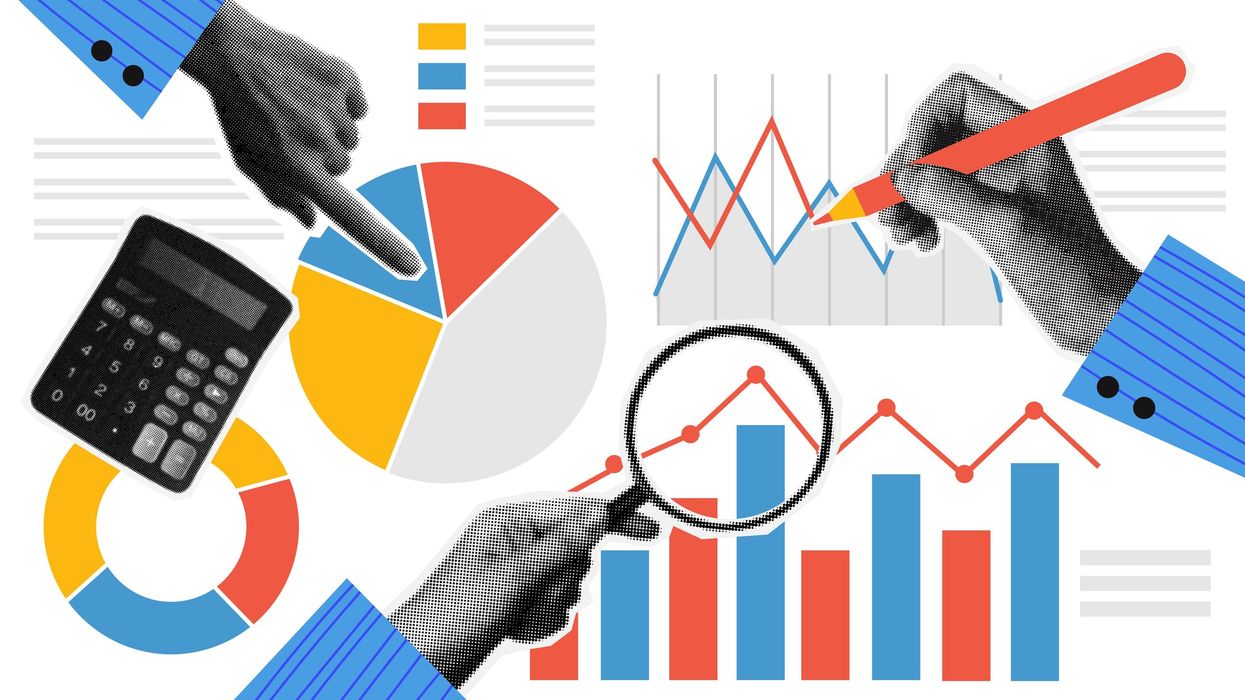Learn how Profee supports Asian migrants with smart, secure tools for sending money and managing finances across borders. Trusted. Fast. Built for Migrants.
Asian migrants deserve a fast, secure, and cost-effective cross-border financial solution. Profee is a migrant-friendly money app that stands out among apps for sending money internationally.
About Profee
There are various financial tools for sending money to Asia, but Profee is one of a kind.
Profee is a dynamic fintech company that specializes in fast, secure, and fully compliant international money transfers to over 90 countries. Since launching in 2017, it has become a trusted remittance provider with impressive year-over-year growth—turnover has jumped 137%. Today, Profee serves around 800,000 customers, adding roughly 10,000 new users every week, which makes it one of the most widely used financial tools for sending money to Asia.
Industry experts agree: Profee was named “Best International Money Transfer Solution of 2024” by Acquisition International’s Global Excellence Awards. With top-tier security certifications, Profee delivers reliable and cost-effective transfers for UK-based expats sending money anywhere in the world.
Here is why Profee is believed to be one of the best money tools for seamless international transfers:
- Beneficial offer
When sending money to Asia, new clients are welcomed with a 0% fee, special promo rate or both, depending on the transfer destination. After that, expats enjoy the market-beating exchange rates from EUR and GBP, while the service keeps the fees low. Profee supports Asian migrants by respecting their hard-earned money and maintaining a fair, transparent fee policy. Not many financial tools do that nowadays.
Plus, there are no hidden fees—so you can track your expenses with confidence and clarity in your financial management tools without any unexpected surprises.
- Convenient money transfers to Asia
Even if you're constantly on the move, Profee transfers will fit your schedule. Registration is quick, and the money arrives in minutes. You can send funds from home, office, coffee shop, or anywhere else as long as you have a phone or laptop and internet access.
While some apps to send money internationally are quite complicated, Profee’s interface is built for everyone. The process is straightforward, with clear instructions and no unnecessary steps. Profee takes care of both—Asian diaspora savings and their peace of mind.
As for the recipients, money is delivered directly to their bank accounts, cards, and wallets. So, when you send money to India, Sri Lanka, Bangladesh, or any other destination, your recipients can stay home without worrying about bank visits or in-app registration. That's why many expats choose to send their salary to family via Profee over other money tools.
- Secure remittance platform
For expats, security is the top concern when choosing financial tools. Since living abroad puts migrants in a vulnerable position, having secure apps to send money internationally is a must. Profee is a licensed service that follows PCI DSS standards, uses end-to-end data encryption, and is trusted by over 800,000 expats who feel exactly like you do—they need something proven.
Profee’s features are designed with migrants in mind — and worth trying firsthand.. To make it more clear for you, we prepared a guide on how to send money home easily with Profee.
“Too often, migrants face financial systems that weren’t built with them in mind. At Profee, we believe that fast, transparent, and secure financial tools should be accessible to everyone — no matter where they come from or where they’re sending money,” says Dmitrii Gorokh, Head of Brand & Marketing Communications at Profee.
Guide on using Profee
It’s as simple as logging an income entry in your financial management tools’ planners—a matter of several taps.
- YouTubewww.youtube.com
1. Register.
To start sending money to Asia, quickly sign up in the Profee app or on profee.com.
2. Enter the transfer details.
For example, pick the UK and Pakistan as your “From” and “To” countries. Next, insert the amount you’d like to transfer. The calculator (one of Profee's money tools) will convert the currency and show you the total. There is no need to switch between browser windows and calculate everything yourself.
3. Select your payment method.
For fast transfers, you can use your bank cards, Apple Pay, or Google Pay. The payment method is not set; you can change it at any time.
4. Enter the recipient details.
Depending on the receiving method, it’ll vary. The app will highlight what you need to insert, so no room for the confusion here.
5. Double-check and confirm
For the efficient money transfers to Asia, review everything you wrote down. Extra minute of your time may save you from unwanted mistakes. When everything is correct, approve the transfer.
Whether you're supporting loved ones or managing cross-border finances, having the right financial tools make all the difference. That’s why we recommend Profee—a smart remittance app that helps you send money efficiently, safely, and with zero hassle.
With Profee, you get a better exchange rate, lower fees, and peace of mind. Plus, features like instant delivery, transfer tracker, and customer support ensure you're always in control. Join thousands of satisfied clients and discover how easy money transfers can be.
















